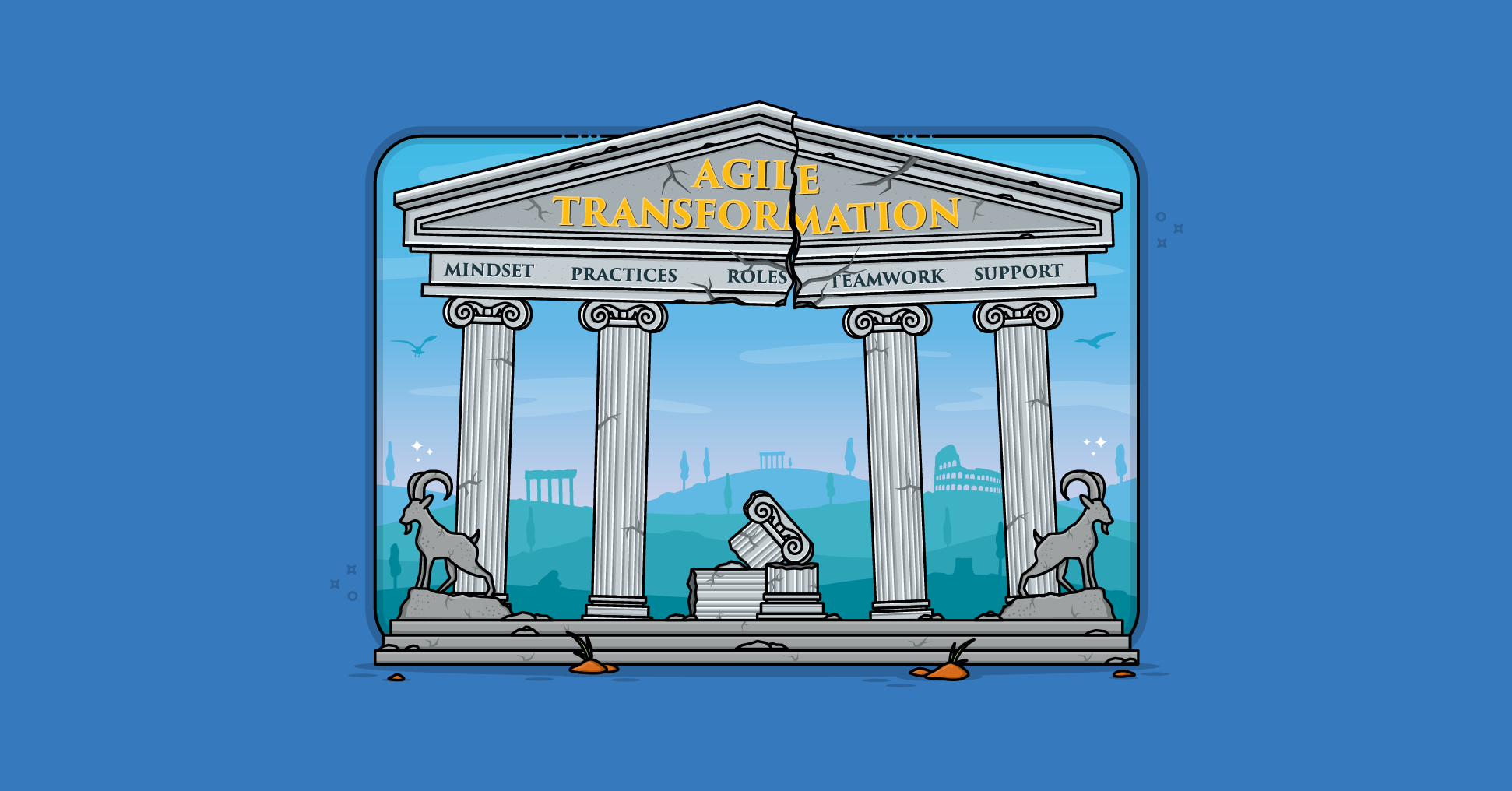Even if you've taken the often stated agile stance of getting rid of periodic performance reviews in your organization, it can still be helpful to provide people with some commentary on how their work is perceived by others in the organization.
 I like to do this by focusing on what an individual can start doing, stop doing and continue doing.
I like to do this by focusing on what an individual can start doing, stop doing and continue doing.
I email various people who can comment on an individual's work. This might include other team members, their ScrumMaster and product owner, stakeholders, or even people outside the company the person may have worked with on a regular basis.
I ask each to tell me what they think the person should start doing, stop doing and continue doing.
I don't weigh any one reply too heavily and instead I look for common threads or patterns in their responses. For example, one reply I received said the person should stop being so defensive. Another reply said the same person was occasionally rude in meetings and gave an example. The example corroborated the person's defensiveness and I was able to counsel the person to become more aware of it.
There are a couple of advantages to this approach:
- It's very action-oriented. The person can be given a couple of specific behaviors to change (either to start or to stop).
- It includes an element of praise for what others value in the person's behavior (the continues).
- It can be done quickly enough that it can be done frequently and for a larger number of people as may be necessary with flatter organizational hierarchies.
- It doesn't rely solely on your own observations of a person.
I've successfully used this as a manager providing feedback to my employees and as a coach helping ScrumMasters and product owners interact with their teams. If you're in either role, you might want to consider giving it a try.
(Note: I also use these same three questions--What should we start doing? Stop doing? Continue doing?-- as a simple but effective way to conduct a sprint retrospective.)
Last update: May 19th, 2022








